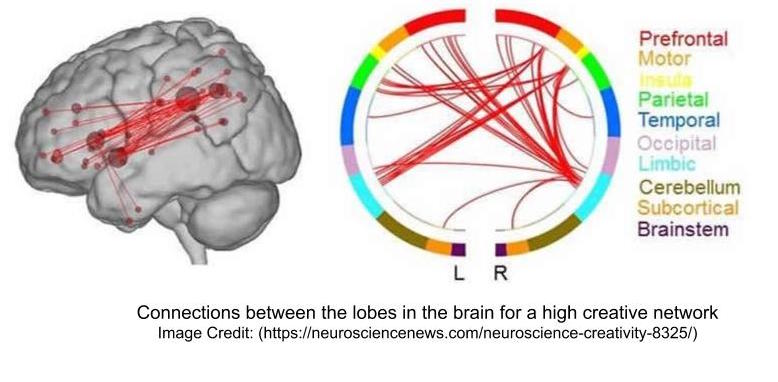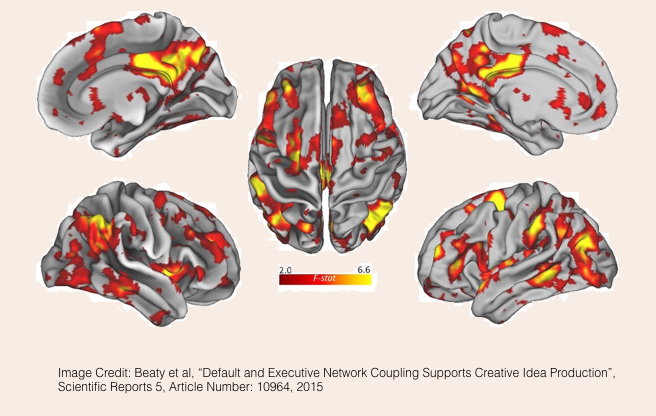A few hours after Einstein died, Thomas Harvey, the pathologist who performed his autopsy, removed Einstein’s brain without his family’s permission and against Einstein’s wishes of what he wanted done with his remains. He then carved out his brain into 240 pieces and preserved them. After hiding them for several years, he finally sent parts of the brain to other scientists to conduct studies and unravel the mystery behind Einstein’s intellectual prowess.
One of the studies found that Einstein’s brain, compared to 11 other control brains, had a higher ratio of glial cells to neurons in a part of the association cortex, which is responsible for integrating and synthesizing information from multiple parts of the brain. This possibly resulted from Einstein spending so much time visualizing and solving complex scientific problems in creative ways. Not everyone agreed with the study’s conclusions though, and there have been valid criticisms of the way this and other similar studies were conducted.
Since the time of these (potentially flawed) studies, we have come a long way in understanding about the brain structures that aid in creative and critical thinking.
In a recent study, researchers found that the ability to think creatively depends on the interconnectedness between different parts of the brain involved in creative problem solving. The three large-scale networks that span both hemispheres and aid in creative thinking are:
- Default network: This network consists of the cortical midline and posterior inferior parietal regions of the brain structures. The default network is active when you are not in deliberate thought and helps in idea generation.
- Executive network: The executive network, which is composed of the anterior and lateral regions of the prefrontal cortex and other interconnected regions like the orbitofrontal cortex (OFC) and the anterior cingulate cortex (ACC). The executive network is active when you are consciously thinking, and is responsible for planning, reasoning and decision making.
- Salience network: The salience network, comprised of bilateral insula and anterior cingulate cortex facilitates the transition between the default and executive networks.
The study, which used connectome based predictive modeling, found some interesting results.
First, people who were more creative showed dense functional connectivity between the parts of the brain that comprised the default, executive and salience networks. Of the highest connected nodes in the high creative network, almost a half were in the default network followed by those in the salience and executive networks. In comparison, the low creative network showed diffused connectivity mainly in the subcortical/brainstem regions. Second, creative people were able to engage simultaneously parts of the brain that are typically supposed to work in isolation. For example, the default and executive networks, which correspond to the ideation and evaluation phases respectively, are normally assumed to be active at separate times. Creative people, however, are able to engage these networks at the same time.
If you are one of the people who believe they weren’t born with the creative gene (or the creative brain), there is reason for some hope.
Studies have also found that training for creativity can be effective. In a study where participants were trained on divergent thinking, researchers found that due to neural plasticity, structural changes were found in some parts of the brain post training that caused improvement in the participants’ creativity. Similar effects have been found in other studies that looked at music and visual art training, where researchers found plasticity in neural pathways that enhance creative cognition.
All of this clearly indicates that, from a cognitive development perspective, it’s vital to have creativity and arts integrated into school curriculum. As the researchers in the creativity training study summarized, “Obviously, it is promising that human creativity capacities can be developed through well-designed training programs, which may contribute to social development and human civilization.”


